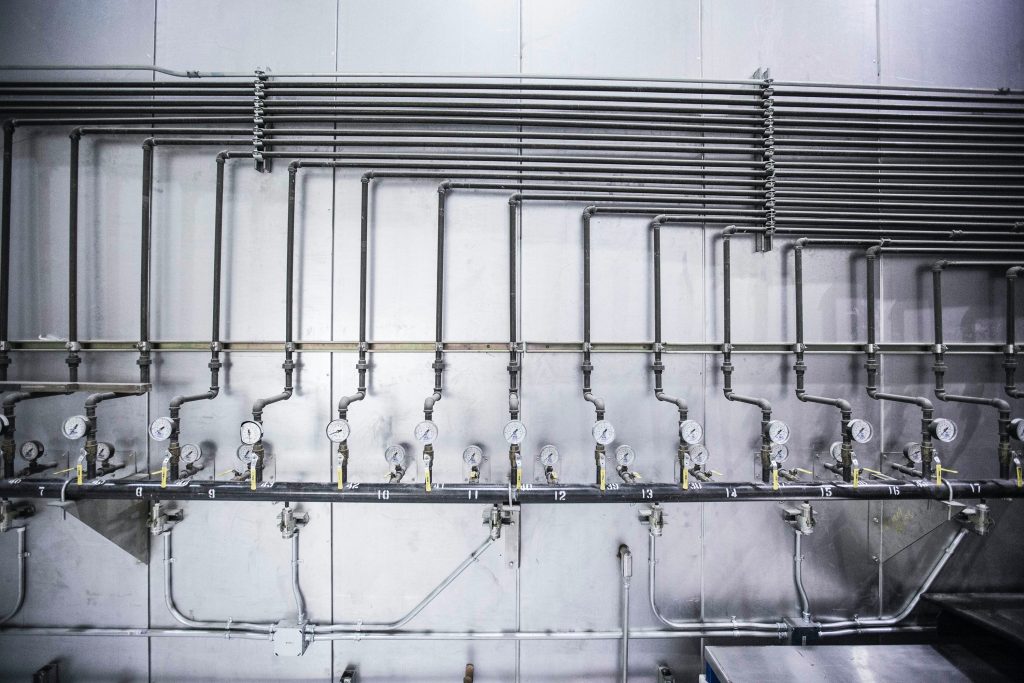
When it comes to home maintenance, plumbing is one of those systems that’s often misunderstood. Over time, a mix of outdated advice, DIY mishaps, and internet folklore has led to a number of persistent myths about how plumbing really works.
Believing these myths can lead to costly repairs, water damage, or even safety hazards. So let’s set the record straight by debunking some of the most common plumbing misconceptions—and revealing the truths behind them.
Myth #1: A Leaky Faucet Isn’t a Big Deal
Truth: Even a slow drip can waste hundreds of gallons of water over time.
A dripping faucet might not seem urgent, but that constant leak adds up—not just on your water bill, but also in terms of long-term wear on your fixtures. More importantly, it can be a sign of worn-out seals or pressure issues that, if ignored, could get worse.
Fix: Repair or replace faulty washers, cartridges, or valves as soon as possible.
Myth #2: Flushable Wipes Are Safe for Toilets
Truth: “Flushable” wipes don’t break down like toilet paper and can clog your plumbing.
Many wipes labeled “flushable” are made of materials that don’t disintegrate quickly in water. They can get caught in your pipes or contribute to major blockages in municipal sewer systems—what plumbers call fatbergs.
Fix: Stick to toilet paper only, and toss wipes in the trash.
Myth #3: Chemical Drain Cleaners Are the Best Way to Unclog a Drain
Truth: Chemical drain cleaners can damage your pipes.
While they may seem like a quick fix, many chemical cleaners are highly corrosive. Over time, they can weaken pipes—especially older ones made of metal or PVC—and do more harm than good.
Fix: Use a plunger, drain snake, or a natural solution like baking soda and vinegar. If the clog persists, call a professional.
Myth #4: You Can Put Anything Down the Garbage Disposal
Truth: Garbage disposals aren’t built to handle everything.
Items like coffee grounds, grease, eggshells, fibrous vegetables (like celery), and pasta can gum up the works or cause blockages in your pipes.
Fix: Only put small amounts of soft, biodegradable food waste into the disposal and always run cold water while it’s operating.
Myth #5: All Plumbers Are the Same
Truth: Plumbing is a highly skilled trade, and not all plumbers are equally qualified.
A handyman may be able to fix a faucet, but major installations or repairs should always be handled by a licensed plumber. Experience, licensing, and reviews matter—especially for large projects or compliance with building codes.
Fix: Always verify credentials and reviews before hiring a plumber.
Myth #6: A Water Heater Is Maintenance-Free
Truth: Water heaters need regular maintenance to function efficiently.
Sediment buildup in the tank can reduce efficiency and shorten the unit’s lifespan. Regular flushing (at least once a year) helps prevent corrosion and keeps the heater running smoothly.
Fix: Schedule annual maintenance, especially if you have hard water.
Myth #7: Running Water While Using the Disposal Helps Anything Go Down
Truth: Water helps, but it won’t protect your pipes from the wrong materials.
While running water is helpful for clearing soft food particles, it won’t magically prevent grease or stringy vegetables from clogging your pipes.
Fix: Be mindful of what you’re putting into the disposal, even with water running.
Myth #8: A Plunger Can Fix Any Clog
Truth: Plungers are great for small blockages, but not for everything.
For deep or stubborn clogs—especially those caused by tree roots, broken pipes, or buildup over time—a plunger won’t cut it.
Fix: If a few plunges don’t solve the problem, don’t keep pushing. Call a plumber before the issue gets worse.
Myth #9: Water Pressure Is Always a Good Thing
Truth: High water pressure can damage your plumbing.
While strong pressure feels great in the shower, too much pressure can strain your pipes, fittings, and appliances—leading to leaks or early failure.
Fix: Use a pressure-reducing valve to maintain water pressure within a safe range (typically 40–60 psi).
Myth #10: Plumbing Problems Are Easy to Spot
Truth: Many serious plumbing issues happen out of sight.
Hidden leaks behind walls or under floors can go unnoticed until they cause visible damage. Even minor issues can worsen if ignored.
Fix: Be alert to signs like unexplained water bills, musty odors, water stains, or decreased pressure. Annual plumbing inspections are a smart preventive measure.
Conclusion
Understanding the truth about how plumbing works can help you avoid expensive mistakes and keep your system running efficiently. While DIY solutions can solve minor issues, ignoring or mishandling plumbing myths often leads to bigger problems.
When in doubt, consult a licensed professional. And don’t let misinformation guide your next repair—because when it comes to plumbing, what you don’t know can hurt your home.
